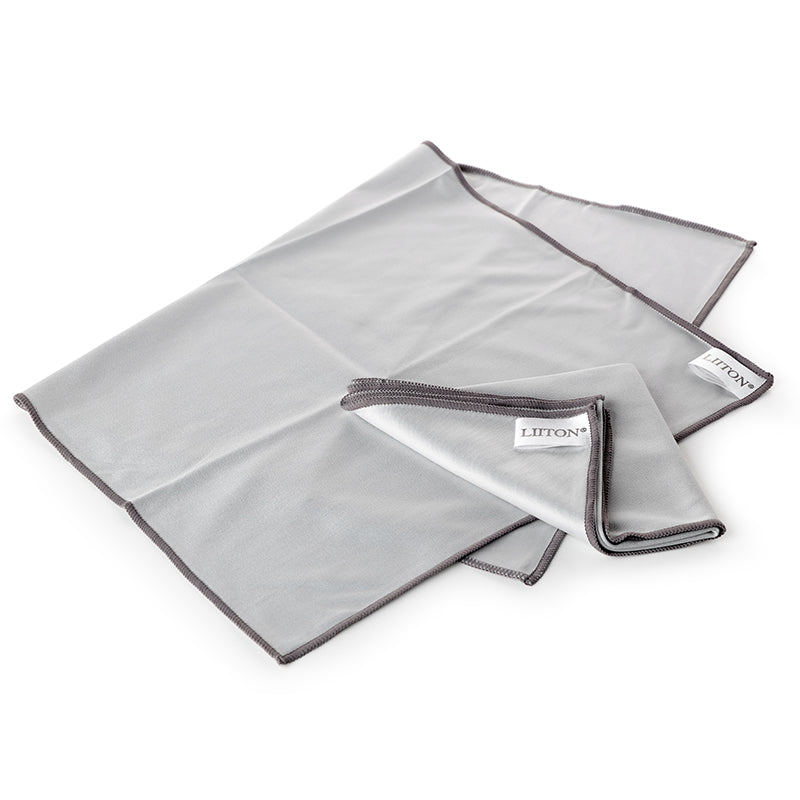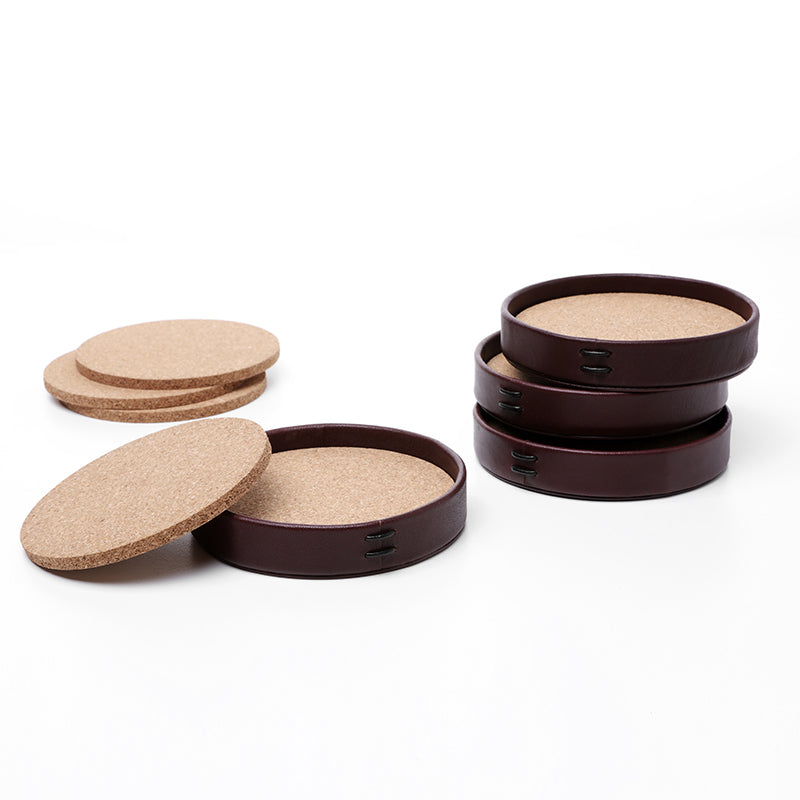The Art of Whiskey Tasting 101
Whiskey, with its rich history and complex flavors, has captivated enthusiasts around the world. If you're curious about exploring the world of whiskey tasting, this guide will introduce you to the art and help you appreciate the intricacies of this timeless spirit.
-
Start with the Basics: To begin your whiskey journey, it's essential to understand the fundamentals. Whiskey is a distilled alcoholic beverage made from fermented grain mash, typically aged in wooden casks. The most common types of whiskey include Scotch, Bourbon, Irish, and Rye. Each type has its unique characteristics, production methods, and regional influences.
-
Select Your Whiskey: When choosing a whiskey for tasting, consider your preferences and desired experience. Do you prefer a peaty and smoky Scotch or a smooth and caramel-forward Bourbon? Opt for a reputable brand or explore different distilleries to discover your personal favorites.
-
Observe the Appearance: Pour a small amount of whiskey into a tulip-shaped glass and examine its appearance. Note the color, clarity, and viscosity. The color can reveal insights about the aging process, while the viscosity indicates the whiskey's texture and body.
-
Engage Your Senses: Whiskey tasting engages all your senses, beginning with the aroma. Gently swirl the glass and bring it close to your nose. Inhale the aromas deeply, identifying distinct notes such as fruit, spices, oak, or vanilla. Take your time to appreciate the complexity and layers of scents.
-
The First Sip: Take a small sip of whiskey, allowing it to coat your palate. Pay attention to the initial flavors that greet your taste buds. Is it sweet, smoky, or spicy? Notice the texture and mouthfeel—whether it's light and smooth or rich and robust.
-
Explore the Palate: As the whiskey rests on your palate, take note of the evolving flavors. Allow your taste buds to detect subtleties and nuances. Does it develop into a cascade of flavors, revealing hints of chocolate, dried fruits, or floral notes? Appreciate the balance between sweetness, bitterness, and acidity.
-
Consider the Finish: The finish refers to the sensations that linger after swallowing the whiskey. Notice the length and intensity of the aftertaste. Is it short and crisp, or does it prolong with a warm and lingering presence? The finish can provide valuable insights into the whiskey's quality and craftsmanship.
-
Experiment and Compare: Expand your whiskey tasting journey by exploring different brands, styles, and ages. Compare contrasting flavors and regional variations. Attend tastings or join whiskey clubs to learn from fellow enthusiasts and broaden your knowledge.
-
Pairing with Food: Whiskey can complement various foods, enhancing both the drink and the culinary experience. Experiment with pairing different whiskeys with chocolates, cheeses, or charcuterie. The interplay of flavors can create memorable combinations.
-
Enjoy Responsibly: Whiskey tasting is an experience to be savored, but it's crucial to drink responsibly. Moderate your consumption, hydrate between tastings, and never drink and drive.
Remember, whiskey tasting is subjective, and your preferences may differ from others. Trust your own palate and enjoy the journey of discovery. The art of whiskey tasting is about developing your sensory awareness, expanding your knowledge, and sharing your passion with fellow enthusiasts.
In conclusion, the art of whiskey tasting offers a captivating exploration of flavors, aromas, and sensations. With patience, curiosity, and an open mind, you can delve into a world of complexity and indulge in the timeless beauty of this beloved spirit. Cheers to your whiskey tasting adventure!



